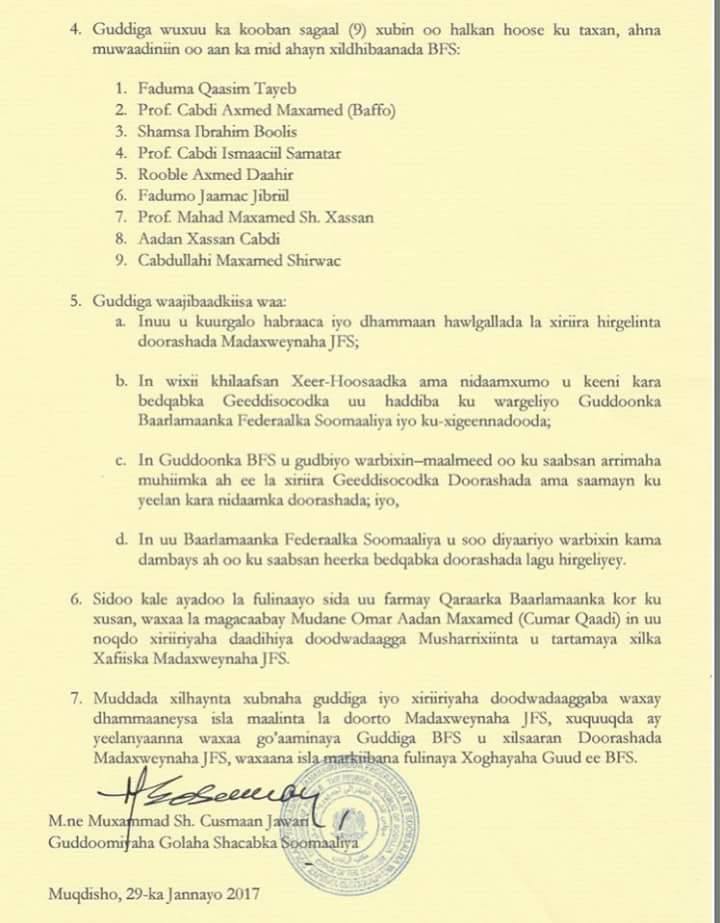
The funds will allow for increased livelihoods support to rural communities affected by repeated drought.
ROME, Italy, March 21, 2017 -FAO is further scaling up its activities in drought affected regions of Somalia thanks to a $22 million loan approved this week by the United Nations Central Emergency Response Fund (CERF), which complements the loans already provided by FAO’s Special Fund for Emergency and Rehabilitation Activities.
This effort is part of the international response to prevent another famine in Somalia five years after the previous one devastated the country. FAO’s action aims to increase rural livelihood support and restore food production, while ensuring that families meet their immediate food and water needs.
Across Somalia, 6.2 million people will face acute food insecurity through June 2017. Of these, nearly 3 million people are in Phases 3 (crisis) and 4 (emergency) of the five-phase International Phase Classification for Food Security (IPC). This represents more than a two-fold increase compared to six months ago. Phase 5 is famine.
The head of the UN’s Office for the Coordination of Humanitarian Affairs (OCHA), Under-Secretary-General and Emergency Relief Coordinator, Stephen O’Brien, said he was releasing the loan from CERF to FAO “as part of the efforts to avert a humanitarian catastrophe in Somalia.”
“More than 2.9 million people are at risk of famine and many will predictably die from hunger if we do not act now. CERF is one of the fastest ways to enable urgent response to people most in need. FAO is a key partner in ensuring that crucial support to livelihoods is reaching affected people. The loan will bridge a crucial gap and allow FAO to immediately save lives and livelihoods of farmers and herders until additional funds from donors are received,” O’Brien said.
“CERF has long been a supporter of FAO’s interventions to save and protect livelihoods and thus lives in crisis contexts. Livelihoods are people’s best defence against famine and this $22 million loan is critical to FAO’s famine prevention and drought response in Somalia, enabling the Organization to provide much-needed, rapid support to vulnerable rural households,” said FAO Deputy Director-General for Programmes, Daniel Gustafson.
Saving livelihoods, saving lives
Most of the 6.2 million people facing acute food insecurity live in Somalia’s rural areas where hunger levels have spiked primarily due to losses in crop and livestock production and other sources of food and income caused by repeated droughts.
Early warnings are loud and clear: In a worst-case scenario where the traditionally, main rainy season, the Gu (April-June), will perform very poorly, purchasing power may further decline to levels seen in 2010/2011, and humanitarian assistance would not be able to reach populations in need, people may suffer/face famine.
FAO’s work
FAO is scaling up the implementation of its Famine Prevention and Drought Response Plan, which combines lifesaving interventions with emergency livelihood support to address the distinct needs of rural people at risk across Somalia – a twin track approach that provides immediate assistance while offering livelihood support and income opportunities to reduce their dependency on humanitarian aid.
Measures implemented under the Response Plan include providing cash (cash-for-work and unconditional cash transfers), meeting immediate food and water needs; providing agriculture and fisheries based livelihood support in combination with cash (“Cash+”), and saving livestock assets and related food and income.
The loan from CERF complements FAO’s own funding mechanism, the Special Fund for Emergency and Rehabilitation Activities, and will help kick start operations supported by the Governments of the United States of America and the United Kingdom.













